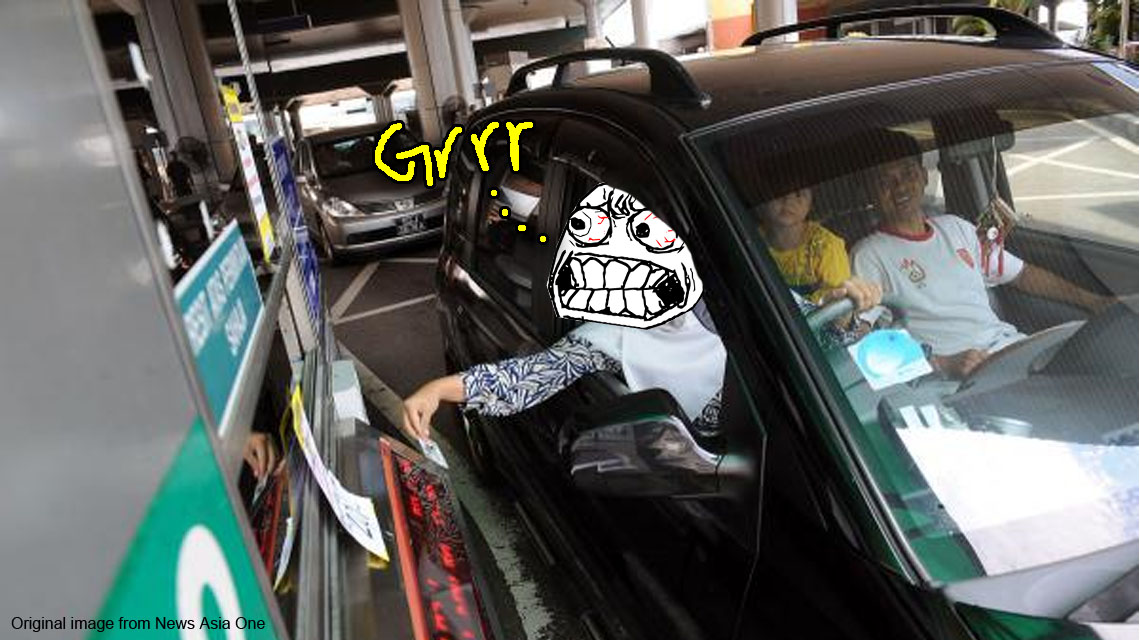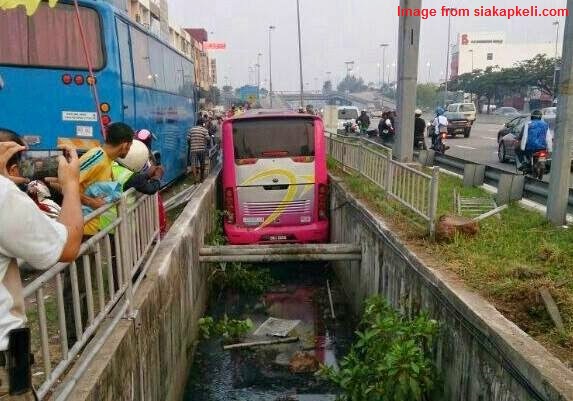PLUS isn’t actually replacing ALL toll lanes with RFID. Here’s what they’re planning.
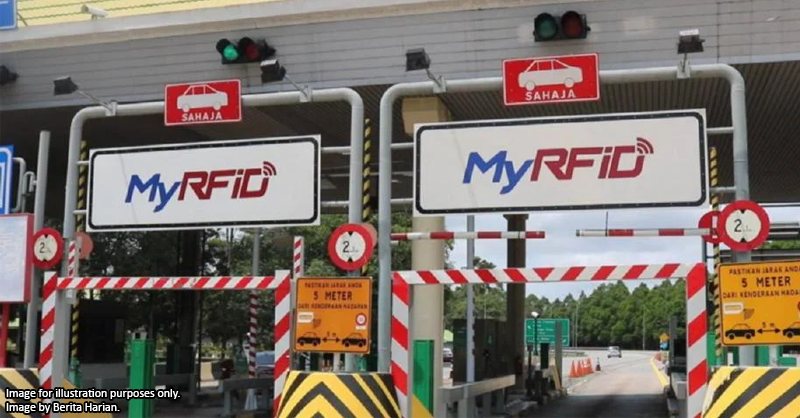
- 643Shares
- Facebook567
- Twitter12
- LinkedIn8
- Email12
- WhatsApp44
If y’all haven’t heard already, Malaysia’s largest highway concessionary, PLUS Malaysia Berhad is aiming for a 60% radio-frequency identification (RFID) usage at all tolls across Malaysia from Juru, Penang up north to Skudai, Johor down south by the end of 2022. That completes the entire west coast highway ecosystem that has already been offering RFID alongside SmartTAG and Touch n’ Go toll payment lanes.
Not a totally unexpected move, since cashless, contactless transactions are the name of the game nowadays. ‘But wait, CILISOS writer who didn’t do his homework, our tolls have been cashless since 2017!’ and you’re right.

Still, the move from Touch ‘n Go and SmartTAG to RFID doesn’t just entail a change to how toll fares will be paid, there’s actually kind of a grand plan in place to revamp Malaysia’s highway and toll payment experience; with the keywords being: seamless and congestion-free.
To explain this “grand plan” and to answer the questions we (and other media people) had for them, the nice people from PLUS and Teras Teknologi Sdn. Bhd. invited us to join an interview session with them last week. Here’s what we learnt from having a chat with them.
The end goal is to have us zoomin’ thru tolls (at legal speeds)
What our government has in mind is what’s called the multi-lane free flow (MLFF) system on all Malaysian highways. That’s where motorists won’t have to stop or slow down (too much) at toll gantries. There won’t be any toll booths or boom barriers (otherwise known as “palangs”) either, as illustrated in the image below.
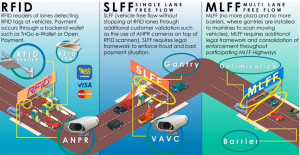
Before y’all get too excited, we won’t be seeing MLFF anytime soon since it’s the last stage in the whole RFID implementation plan. The first step (which is where we’re at), according to Kang Yew Jin, PLUS’s Chief Technology Officer, is for all the appropriate RFID tech to be put in place first, like the RFID readers and ANPR cameras on top of PLUS’s unique Toll Validation Centres.
In order for us to get to MLFF, it is a journey in terms of multiple building blocks… the first building block is RFID. – Kang, in the interview session on Thursday
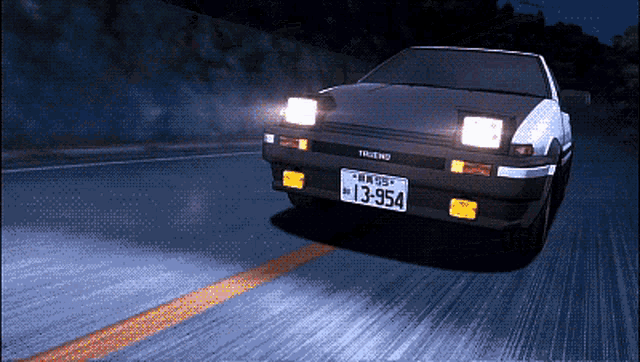
The next natural progression, says Kang, is the single-lane free flow (SLFF) system. Toll booths will still be around, but gantries will be installed to support RFID equipment in additional RFID toll lanes. Similarly, boom barriers will still be there UNLESS the government amends or puts in place laws to combat situations where motorists go through toll lanes without paying. With a high enough RFID adoption rate and kinks ironed out (approval from Parliament and amendments to the Road Transport Act 1987, for example), comes the endgame: MLFF. Yes, the one where you can zoom through with no toll booths and no palangs.
While everything sounds super great on paper, but as is with any new system, people will have concerns and questions… some of which were addressed during the interview session.
“What happens if my RFID doesn’t have enough balance?”
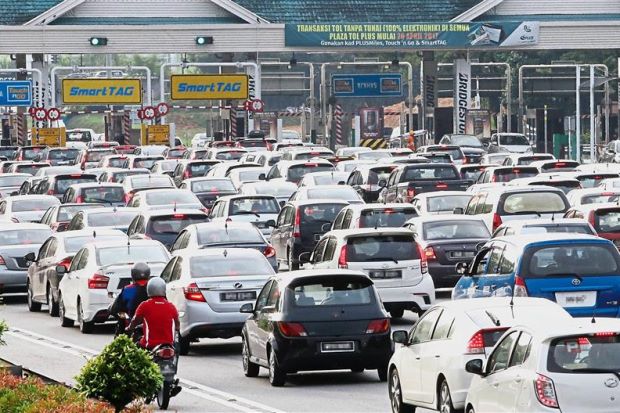
…were one of the most common questions people from the media had for the conference panelists. We felt Kang put it really well, so we’re gonna quote him verbatim:
[If there’s not enough balance] …there’s no magic in the world that will bukak the palang.
The difference between RFID and SmartTAG here is that when you get an RFID sticker installed on your vehicle, it’ll automatically be linked to your Touch n’ Go eWallet app. If you’re stuck at a toll without sufficient balance, you gotta do a top up via the app, or you know, activate the auto-reload function.
There’s also the concern of the RFID reader at tolls messing up and not detecting the RFID stickers on vehicles, whether it be a network outage on the back end, or an issue with the RFID reader. In these cases, a PLUS employee with a handheld RFID reader (known as OBVIA) will be there to make sure motorists aren’t stuck without a way out. The good news is: the current detection rate is close to 100%, and outside of extremely unusual scenarios, that’ll likely be the benchmark.
So, how did we feel about the whole thing after the interview session?
RFID isn’t gonna be perfect, but…

…from what we could tell, the system does seem to be pretty convenient overall and might solve a major pet peeve of every Malaysian driver: congestion at toll lanes. According to Anwar Ishak, TERAS Teknologi’s CEO, the Touch n’ Go RFID system is designed to facilitate 1,200 transactions per hour versus Touch n’ Go SmartTAG’s 550 per hour.
Christine Liew, PLUS Malaysia’s Chief Commercial Officer, has also assured us that as they take steps toward achieving hot MLFF action, Touch n’ Go and SmartTAG lanes will still be around. Gradually, as more people take up RFID as their payment method of choice for tolls, more lanes will be converted to RFID ones to fulfill the demand.
The idea of seamless transactions at highways without the need to slow down (again, while obeying speed limits) at tolls is an attractive one, but there are still speed bumps to be smoothed out, like the legal framework surrounding RFID toll payments.
So, RFID lanes replete with ANPR cameras will be rolled out along the west coast by January 15… so we guess this is a lil’ taste of what’s to come. We’ll really only know whether what works on paper will work in real life as the system gets properly implemented.
- 643Shares
- Facebook567
- Twitter12
- LinkedIn8
- Email12
- WhatsApp44

